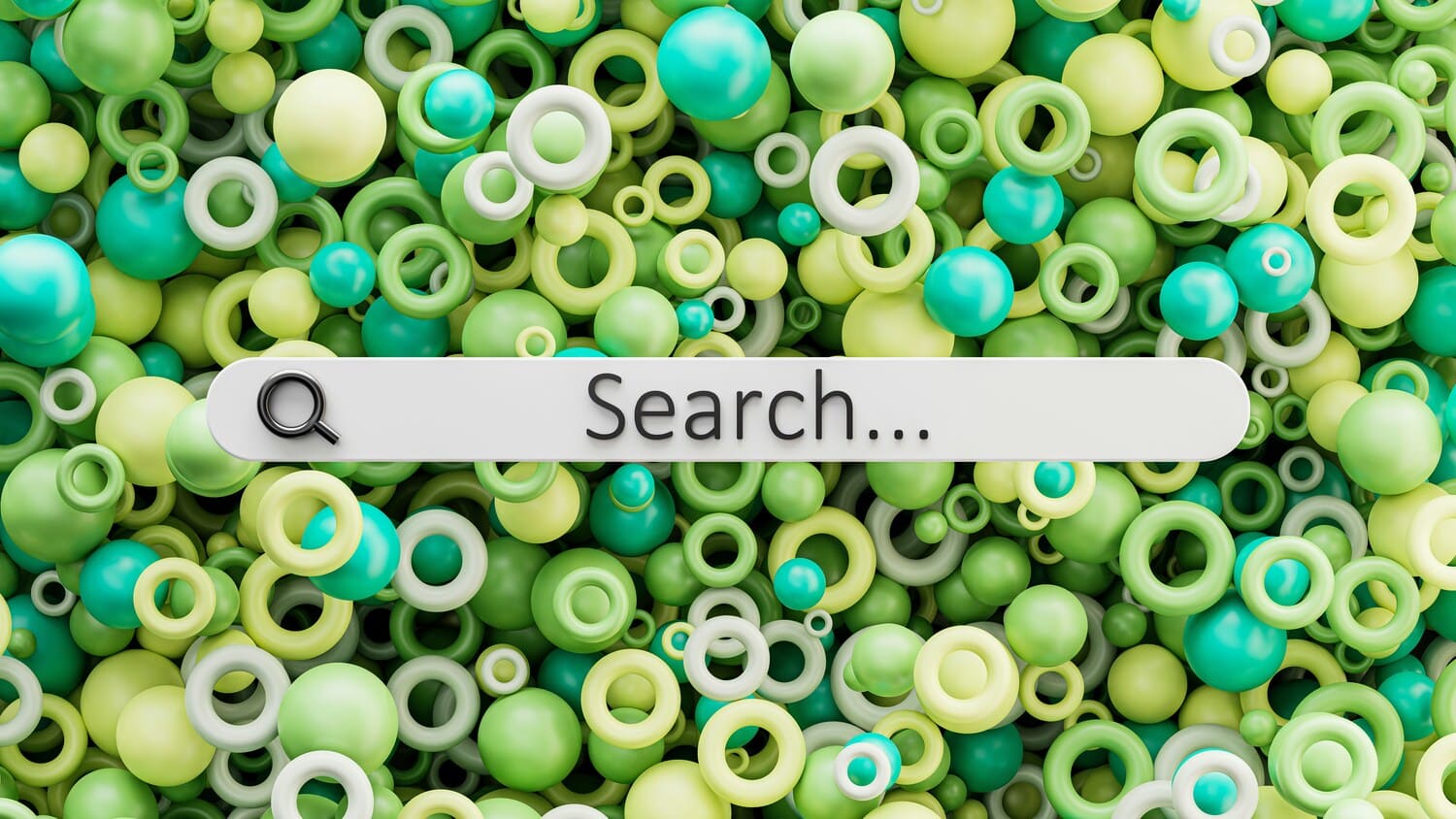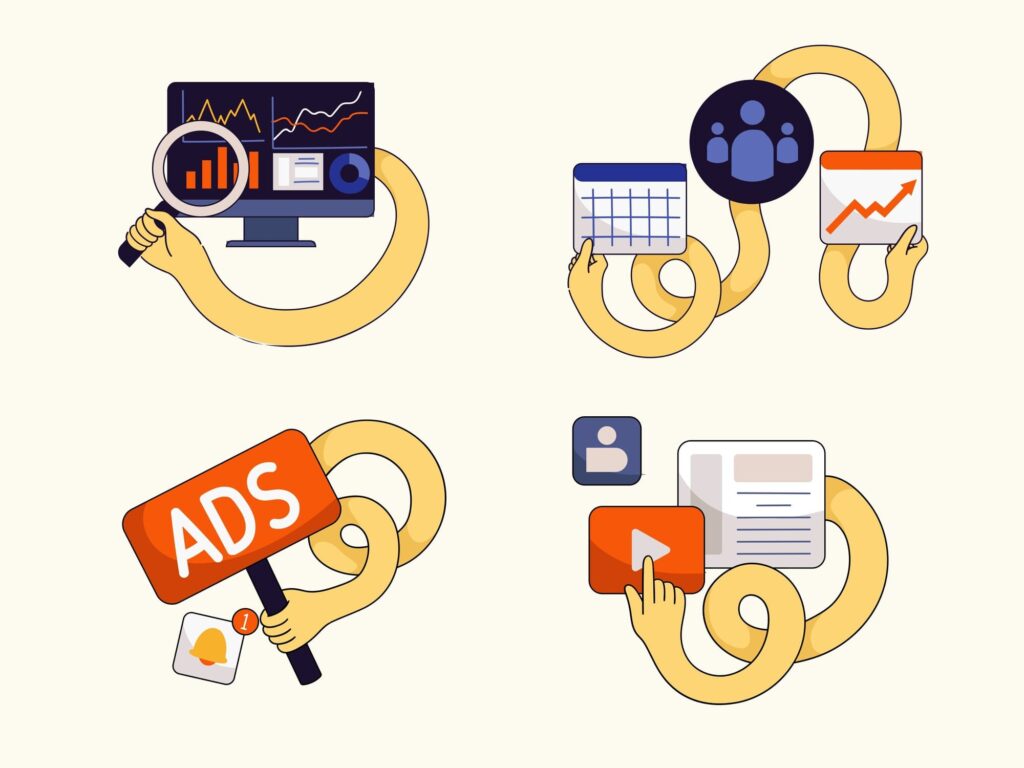Your URLs aren’t just “links.”
They’re signals for Google, AI-generated answers, and users who need to trust where they’re going.
A clean, consistent URL structure:
- Improves crawlability
- Prevents duplicate content issues
- Enables site hierarchy clarity
- Boosts CTR and trust signals
- Helps AI Search understand context and relations
If your URLs are a mess, so is your site’s architecture, which kills your SEO performance.
What Is URL Normalization in SEO?
URL normalization means standardizing the structure, format, and usage of URLs across your site so that:
- The duplicate content isn’t accessible under multiple URLs
- All URLs follow a predictable, logical, scalable pattern.
- Parameters, cases, slashes, and dynamic pages are controlled
It’s about creating a system, not chaos, behind how pages are structured and indexed.
Real-World Problems from Unnormalized URLs
- /products/red-shoes vs /Products/Red-Shoes/ → Duplicate content
- /product?id=123 vs /products/nike-red-shoes → No keyword context
- /blog/post-title?utm_source=… → Wasted crawl budget
- /category/page-1 and /category?page=1 → Cannibalization
- /product-name/ vs /product-name → Canonical issues
Each of these costs you ranking potential and confuses search engines, especially AI-based indexing systems.
How to Normalize Your URLs: With Examples
Use lowercase URLs only
→ Redirect all uppercase URLs to lowercase to avoid duplicate indexing.
❌ Incorrect: example.com/SEO-CleanUp-Checklist
✅ Correct: example.com/seo-cleanup-checklist
Fix: Use 301 redirects in .htaccess, Nginx, or your CMS to force lowercase.
Use hyphens instead of underscores _ or camelCase
→ Google treats hyphens as word separators. Others reduce keyword clarity.
❌ Incorrect: example.com/seo_cleanup_tips
✅ Correct: example.com/seo-cleanup-tips
Avoid dynamic parameters in main URLs
→ Use clean, static URLS for product/category pages. Parameters can be filtered, but should not be indexable.
❌ Incorrect: example.com/product?id=84329
✅ Correct: example.com/products/nike-running-shoes
Pro Tip: Canonicalize filtered or paginated versions:
example.com/shoes?color=red → canonical to example.com/shoes
Remove unnecessary slashes, hashes, and tracking IDs
→ Strip parameters like utm_source, or anchor tags (#section) from canonical/indexable versions.
❌ Incorrect: example.com/blog/seo-tips/?utm_source=facebook
✅ Correct: example.com/blog/seo-tips
How to fix:
- Use canonical tags on the base version.
- Filter via robots.txt or GSC parameter settings.
Ensure trailing slash consistency
→ Pick one format and stick to it across the site.
❌ Incorrect:
- example.com/about
- example.com/contact/
✅ Correct:
- All with slashes → example.com/about/, example.com/contact/
- Or all without → example.com/about, example.com/contact
(but one rule only, enforced with 301s)
Use descriptive slugs with target keywords
→ Help users and search engines understand the page topic instantly.
❌ Incorrect:
- example.com/page?id=47
- example.com/blog-post-xyz
✅ Correct:
- example.com/seo-cleanup-checklist
- example.com/ecommerce-url-structure-tips
Canonicalize similar pages
→ Use canonical tags to consolidate signals from variants or filtered pages.
Example:
- example.com/shoes?size=10&color=red
- Canonical: example.com/shoes
Code:
<link rel=”canonical” href=”https://example.com/shoes” />
Build a logical site hierarchy in URLs
→ Let the URL reflect the structure of your services or content topics.
❌ Incorrect:
- example.com/seo
- example.com/audit
- example.com/fixes
✅ Correct:
- example.com/services/seo/
- example.com/services/seo/audit/
- example.com/services/seo/cleanup/
Bonus: This also helps AI Search identify topic clusters and relationships.
URL Clean-up Checklist (For Developers & SEOs)
| Task | Tool / Method |
| Redirect uppercase to lowercase | .htaccess / Nginx rules |
| Set canonical for filtered pages | <link rel=”canonical”> |
| Identify duplicates | Ahrefs / Screaming Frog |
| Remove tracking params from index | GSC parameter settings / robots.txt |
| Validate trailing slash usage | Site audit tools / GSC coverage |
| Standardize paginated URLs | rel=“next” and “prev” or canonical |
| Rewrite dynamic URLs | CMS/Shopify slugs, or backend logic |
Why AI Search and Semantic Crawlers Care About This
AI-based search engines like Google SGE interpret relationships between pages.
Unclear URL signals = missed context = no visibility in AI snippets.
Normalizing your URL structure:
- Helps AI understand topic clusters
- Prevents dilution of ranking signals
- Aligns semantic intent with clean architecture
Even the best content won’t rank if it lives on messy, unstructured URLs.
Final Thoughts: URL Normalization is a Growth Lever, Not a Fix
- It’s not just about cleaning up mistakes — it’s about preparing for scale.
- Your URL structure defines how Google and AI systems see and understand your site.
- You fix it once, and benefit every day after.
Need help with a messy URL structure? We audit and clean up URL systems for e-commerce and service websites.




